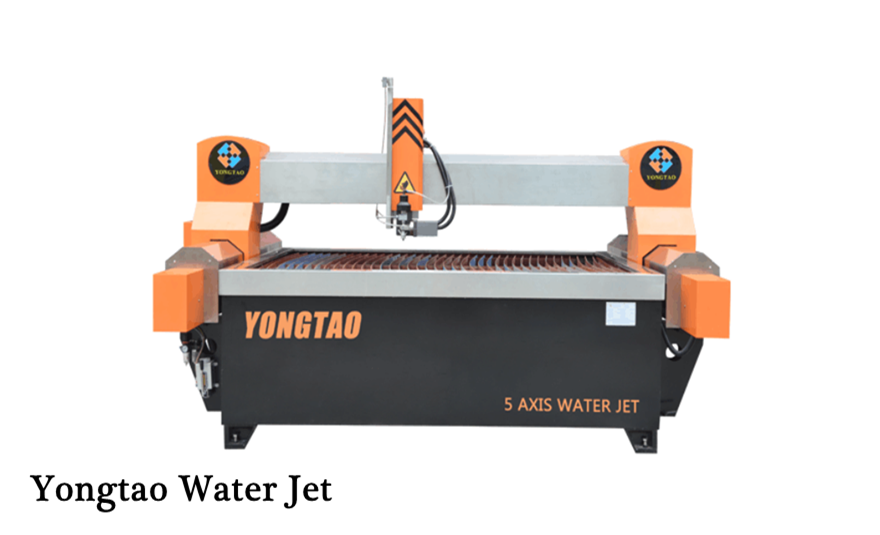A useful water jet cutter needs useful waterjet sand. Waterjet sand is garnet sand. Water jet cutting using garnet has good three-dimensional adaptability, with low cost, and excellent processing performance. Besides, it causes no pollution. The usage conditions of the 60-80 mesh products differ in general. 60 mesh sand is recommended for cutting stainless steel, copper, marble and other products. 80 mesh sand is used for cutting metal, glass and ceramic products. The production will be different due to the actual cutting material situation and the matching of sand pipe and pump. If the particle size of garnet sand is not uniform, it will not only cause sand blocking and affect cutting efficiency, but severely even cause defective products or waste products, and directly reduce the service life of the cutting head accessories and affect production.

1. High-quality garnet should be an iron-aluminum garnet, dark red, or dark red in color. Some people call it brown sugar. This kind of garnet has high hardness and good toughness and has an indirect protective effect on water jet cutter and other water jet equipment. So when choosing, you must first look at the color, and observe whether the color of the garnet sand is pink, light red, or deep red before making a choice.
2. High-quality garnet sand should be a deep-seated rock mineral, and weathered surface or beach ore cannot be used, otherwise, the hardness and cutting force will be low, which will directly affect the cutting efficiency and cutting quality. Check the hardness when choosing, rub it with your hands to observe the garnet sand weathering degree.
3. High-quality garnet sand should be clean, with less dust and impurities. Good minerals also require good craftsmanship, which requires multiple magnetic separations to remove unwanted impurities. It needs to be washed repeatedly to make the product less dusty; when choosing, look at the impurity content: take the same amount of sand from different manufacturers and put it into a mineral water bottle (half a cup of sand in a disposable paper cup, generally 1:9 ratio). Fill the bottle with water and shake it to compare the turbidity of the water and to find whether there are floating impurities.
4. High-quality garnet sand should have a reasonable and uniform particle size distribution. There should be no too large particles to damage the sand pipe or jewel nozzle, and there should not be too small or invalid particles, dust, and impurities, which directly affect the cutting speed. Check the particle distribution. Generally, you can see it by picking up a handful of sand and putting it in your hand. You can also take a very small amount of sand and place it on white paper, and simply separate it to see if there are larger or too small particles.